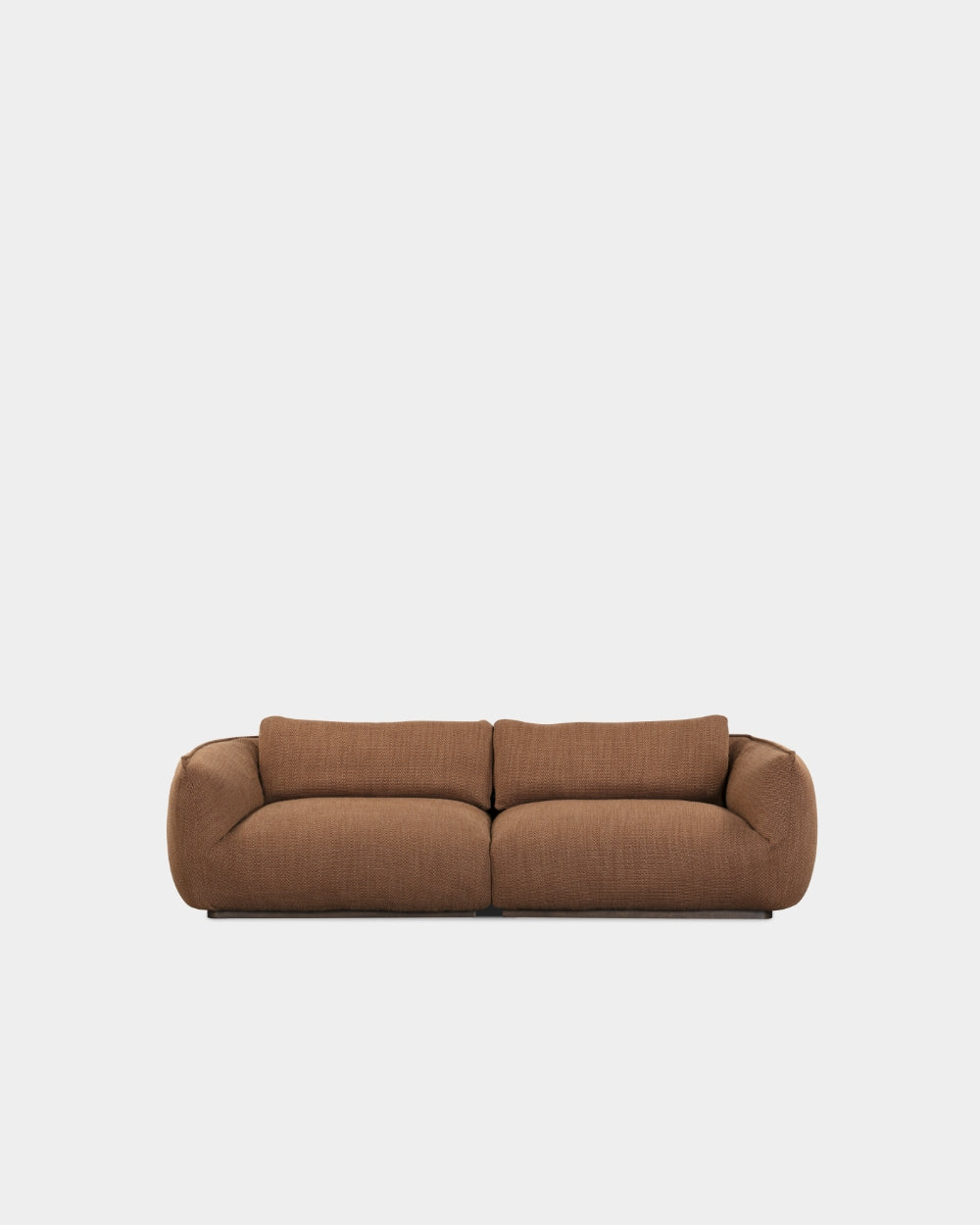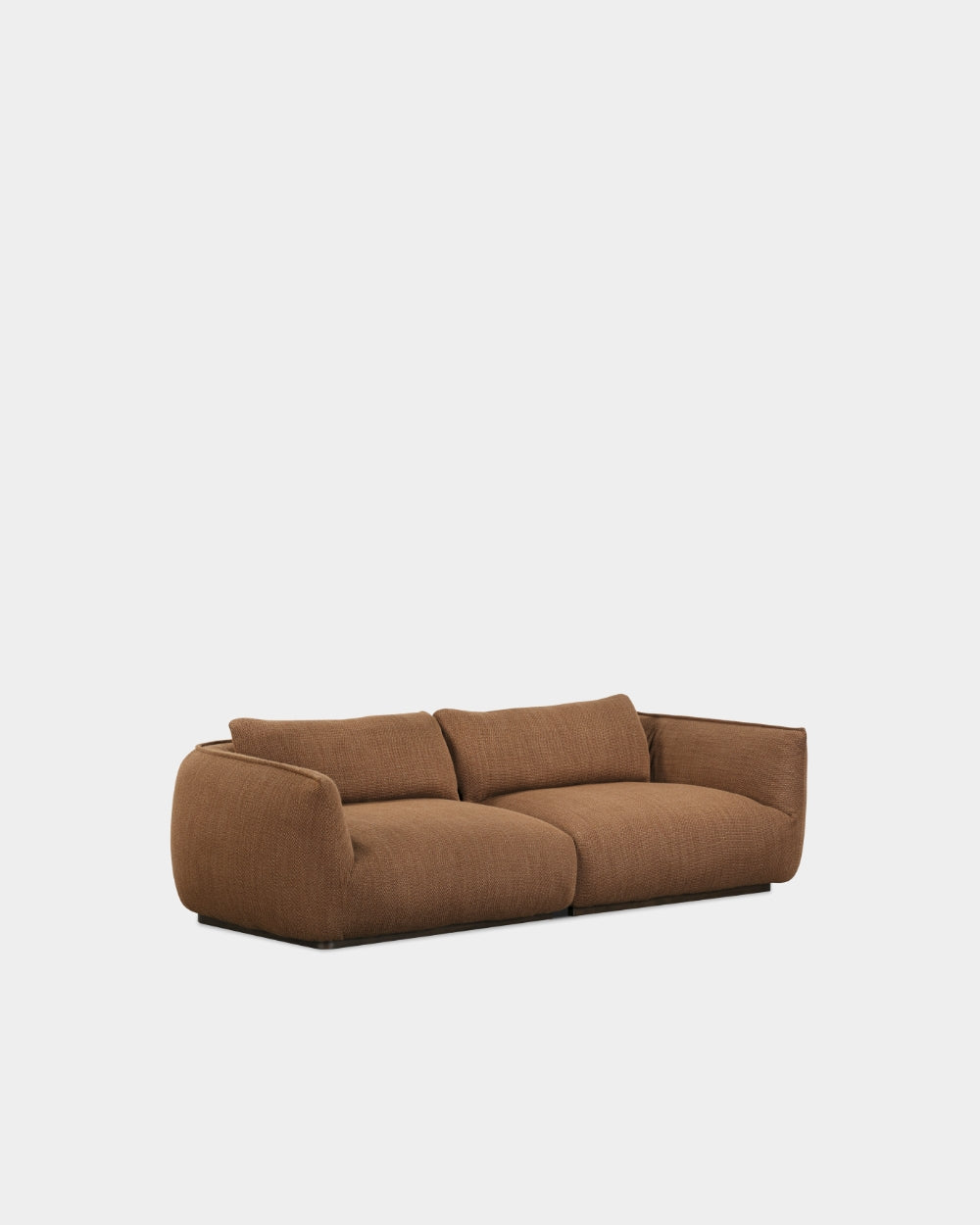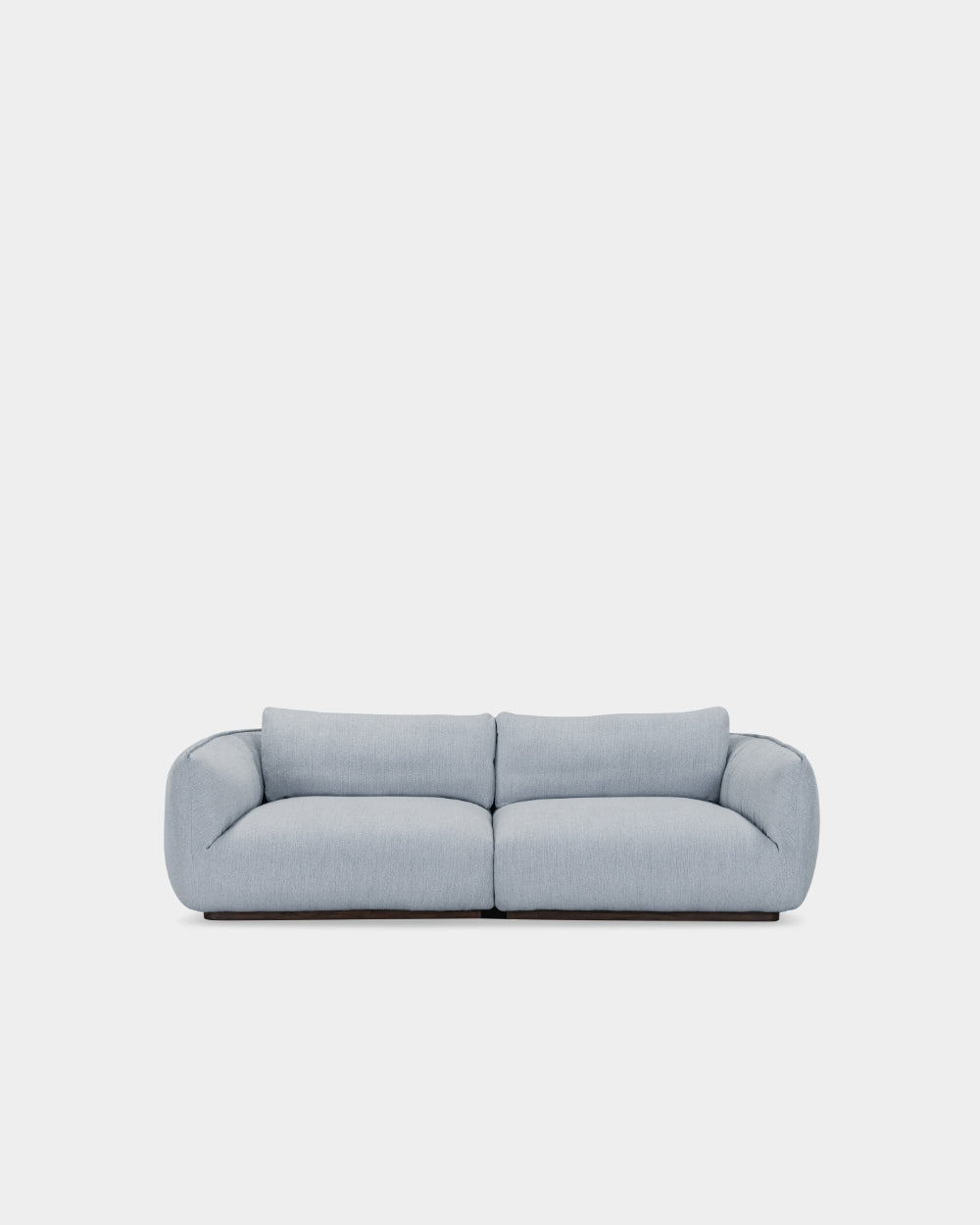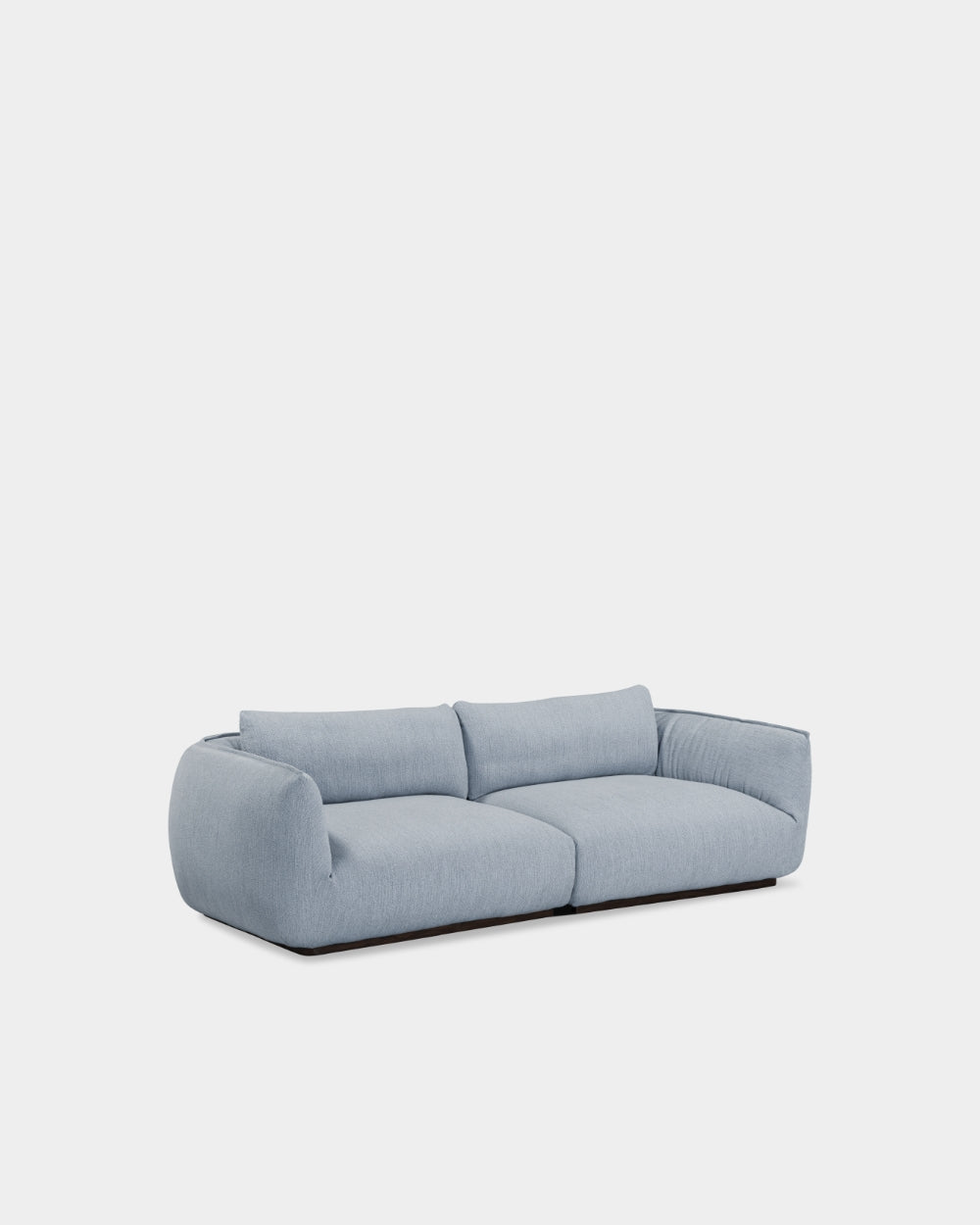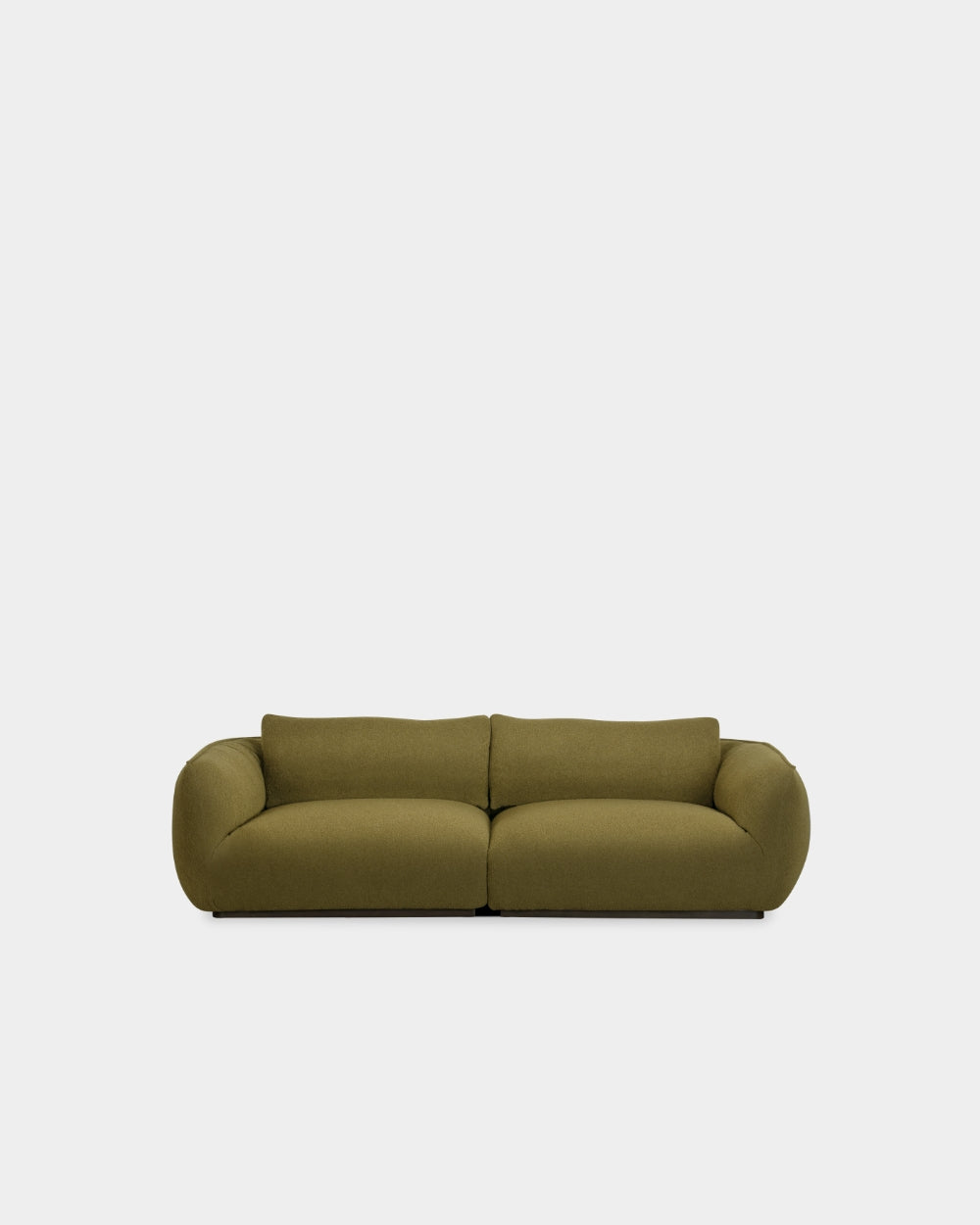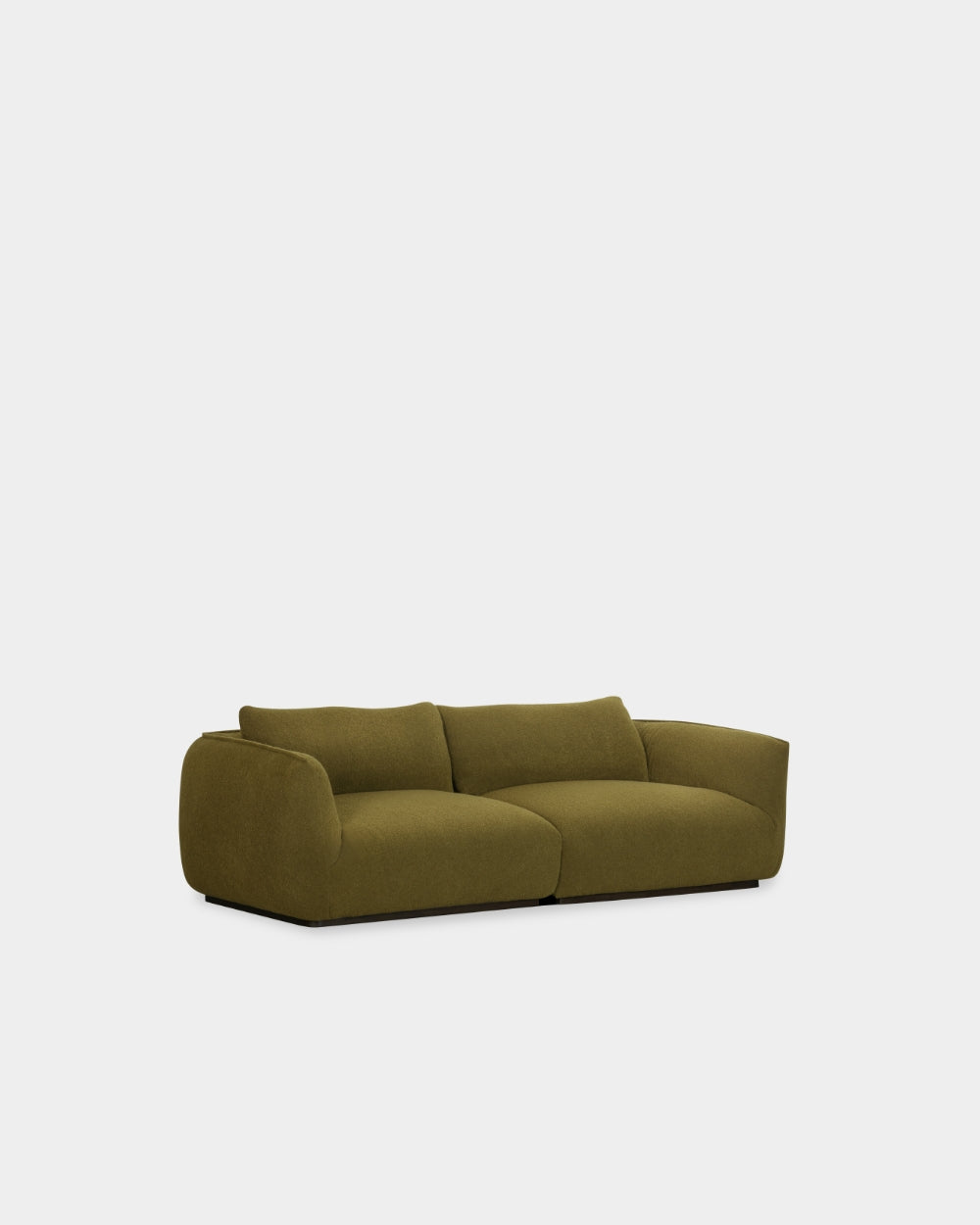JOURNEY
Reflections with Norm Architects
With the debut of the Ridge Sofa, Wendelbo welcomes a new collaboration with Copenhagen-based Norm Architects - a studio known for its quietly powerful aesthetic and human-centred approach. Rooted in a philosophy of soft minimalism, Norm’s work balances structure and sensitivity, exploring how design can support well-being and resonate on a deeper emotional level.
In this conversation, the studio shares their reflections on the subtle gestures behind the Ridge Sofa - how a single flange edge can define character, how intuition guides the design process, and how restraint can become an act of care. They speak to the enduring value of natural materials, the importance of emotional durability, and what it means to create something lasting in a world of constant change.


With the Ridge Sofa, a flange edge along the top becomes a defining gesture. As a studio, how do you approach these subtle but intentional design decisions?
With the Ridge Sofa, the decision to highlight a single flange edge detail was not decorative but deliberate: a gesture of restraint that speaks volumes through subtlety. This quiet line traces the form, reinforcing structure while lending a tactile quality that invites the hand and pleases the eye.
As a studio, we believe that simplicity is not the absence of design but the result of careful consideration. We edit with intention, subtracting until only what is meaningful remains. Each line, material choice, and proportion are weighed not only for its function, but for the emotional and atmospheric resonance it may carry. The flange edge on the Ridge Sofa becomes a quiet signature – a moment of expression in an otherwise calm composition. These gestures emerge through a process of considering materials, context, functionality, and the human experience. We ask ourselves what can be removed without losing meaning, and what must stay to preserve character and joy.
What appears effortless is often the product of hours of scrutiny, and what feels calming is the outcome of order, balance, and devotion to detail.
"This quiet line traces the form, reinforcing structure while lending a tactile quality that invites the hand and pleases the eye."

Soft minimalism is often associated with restraint. How do you know when a design has reached its final form? Is it a decision or a discovery?
For us, it is always a discovery. We don’t declare a design finished – we recognise when it feels whole. Soft minimalism isn’t about restraint as limitation, but as clarity: letting the essential come forward. The final form emerges when everything unnecessary has quietly stepped aside, and nothing else is needed. There is a moment when the design begins to breathe, to feel alive - this is when we stop. What remains is not reduced, but distilled – full of presence, yet free of excess.
If Ridge could be described as a feeling or a mood rather than a sofa, how would you define it?
Ridge feels like being at ease – both physically and mentally. Its soft, organic shape follows the lines of the human body, offering natural support without constraint. It invites you to sit informally, to rest, to let your guard down. The design balances structure with softness, creating a space that holds you without ever feeling rigid. Ridge encourages slowness. It supports the body and quiets the mind. It’s not just a seat, but a space for unwinding, for reading, talking, or simply being. Its volume and curves define a kind of spatial intimacy – an interior landscape scaled to the human body. Ridge embodies what we mean by soft minimalism: human-centred, emotionally aware, and physically inviting.
"We aim to design things that won't feel outdated next season, but instead become more beautiful with use, more personal with time."

Do you find the studio draws more from reflection on the past or from looking forward?
We believe good design requires both: a deep respect for the past and a clear sense of responsibility for the future. Our work is rooted in reflection – on tradition, craft, natural materials, and the rhythms of domestic life that have supported people for generations. We’re inspired by the timeless qualities found in architecture and objects that age well, gather meaning over time, and never lose their relevance. But that reflection isn’t nostalgic. It’s a way to ground ourselves before moving forward. At the same time, we look ahead – to how people live now and how they might want to live in the years to come. That means creating spaces and products that are adaptable, enduring, and emotionally sustainable. We aim to design things that won't feel outdated next season, but instead become more beautiful with use, more personal with time.

What does ‘modern’ mean to you right now?
To us, modern isn’t about chasing trends or novelty for its own sake. It’s about being grounded in the present – designing for the way people actually live today, while building on the knowledge, materials, and principles refined over centuries. Modernity, in our view, isn’t a clean break from the past but a continuation of it. We stand on the shoulders of those who came before us, drawing on millennia of architectural wisdom and craftsmanship. What’s truly modern is being aware of that inheritance and choosing what to carry forward with care.

In a world of constant change, how do you create designs that invite calm and longevity?
For us, modern design is rooted in nature’s timeless wisdom. Despite urbanisation, humans remain deeply connected to natural rhythms, materials, and forms. We design to restore this bond, creating calm, healthy spaces that nurture body and mind. Natural materials like wood, stone, and wool bring warmth, texture, and patina, ageing gracefully with us over time. Organic shapes invite relaxation and echo our evolutionary preferences, making spaces feel safe and familiar. By embracing nature’s cycles – growth, decay, and renewal – we design sustainably, allowing environments to evolve rather than resist change. This approach supports both longevity and ecological responsibility. Ultimately, our modern design balances heritage and innovation, offering spaces that feel alive, effortless, and deeply human – bringing nature back into our daily lives.
Designs by Norm Architects
Mod. 1 + 2
Mod. 1 + 2
Mod. 1 + 2
Mod. 1 + 2





